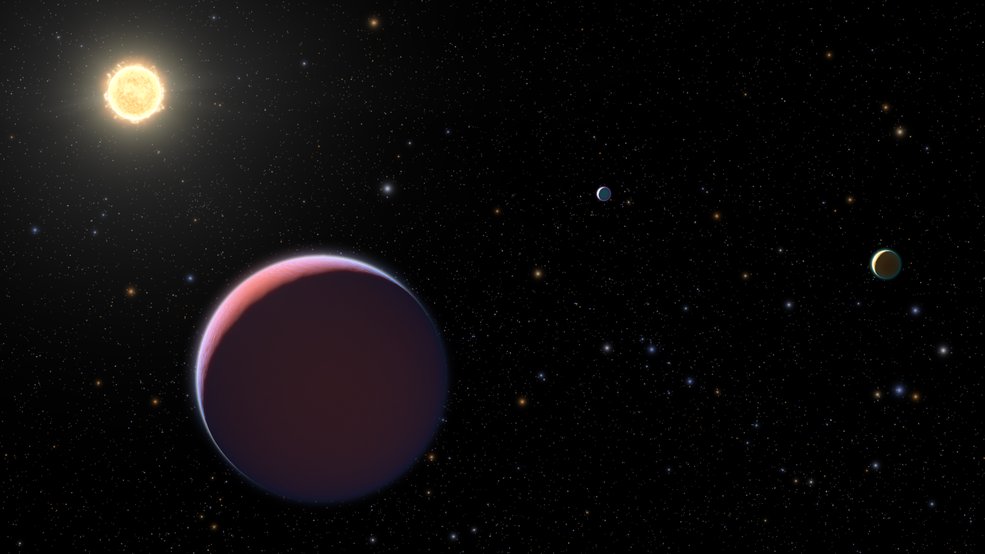We hope our Twitter feed brings you moments of joy and inspiration during these uncertain times. So, every day in April, we’re going to post an incredible space photo that brings us awe. (And we’d gladly take recommendations!)
We& #39;ll start with a @NASAHubble classic. https://abs.twimg.com/emoji/v2/... draggable="false" alt="🎆" title="Fireworks" aria-label="Emoji: Fireworks">
https://abs.twimg.com/emoji/v2/... draggable="false" alt="🎆" title="Fireworks" aria-label="Emoji: Fireworks">
We& #39;ll start with a @NASAHubble classic.
We could look at pictures of Jupiter all day.
This photo of the gas giant& #39;s southern hemisphere was taken by the Juno spacecraft and processed by citizen scientists Gerald Eichstädt and Seán Doran: https://s.si.edu/3dTvIKG ">https://s.si.edu/3dTvIKG&q...
This photo of the gas giant& #39;s southern hemisphere was taken by the Juno spacecraft and processed by citizen scientists Gerald Eichstädt and Seán Doran: https://s.si.edu/3dTvIKG ">https://s.si.edu/3dTvIKG&q...
Astronauts on board the International Space Station get to view auroras from a unique vantage point. This photo of the northern lights (aurora borealis) above Canada was taken by an ISS astronaut in 2012: https://s.si.edu/3bPXnu1 ">https://s.si.edu/3bPXnu1&q...
This is the Whirlpool Galaxy (Messier 51) photographed in infrared light by the Spitzer Space Telescope. It is located approximately 23 million light-years away in the constellation Canes Venatici. Learn more: https://s.si.edu/2xKidwe ">https://s.si.edu/2xKidwe&q...
NASA recently released a 1.8 billion pixel panorama of the Martian surface.  https://abs.twimg.com/emoji/v2/... draggable="false" alt="🤯" title="Exploding head" aria-label="Emoji: Exploding head">
https://abs.twimg.com/emoji/v2/... draggable="false" alt="🤯" title="Exploding head" aria-label="Emoji: Exploding head">
Explore the image, taken by @NASACuriosity, in its full resolution: https://s.si.edu/2R9ZOPZ ">https://s.si.edu/2R9ZOPZ&q... (Image credit: NASA/JPL-Caltech/MSSS)
Explore the image, taken by @NASACuriosity, in its full resolution: https://s.si.edu/2R9ZOPZ ">https://s.si.edu/2R9ZOPZ&q... (Image credit: NASA/JPL-Caltech/MSSS)
As we start another week, perhaps this photo of the Sun reflecting off the ocean, taken from Space Shuttle Atlantis in 1990, will bring you a bit of calm. https://s.si.edu/3e3WDn8 ">https://s.si.edu/3e3WDn8&q...
While the star of this photo is Saturn& #39;s trademark rings, you can also see its moons Dione (brightly in the upper left) and Epimetheus (very faintly on the right).  https://abs.twimg.com/emoji/v2/... draggable="false" alt="🪐" title="Ringed planet" aria-label="Emoji: Ringed planet">
https://abs.twimg.com/emoji/v2/... draggable="false" alt="🪐" title="Ringed planet" aria-label="Emoji: Ringed planet">
This photo was taken by the Cassini spacecraft in 2016: https://s.si.edu/34ka8dG ">https://s.si.edu/34ka8dG&q...
This photo was taken by the Cassini spacecraft in 2016: https://s.si.edu/34ka8dG ">https://s.si.edu/34ka8dG&q...
Welcome to Carina Nebula& #39;s “Mystic Mountain."
This pillar of gas and dust is three light years tall! While it may look like sci-fi, as @HUBBLE_space describes it, it& #39;s "even more dramatic than fiction." The rest of their description is just as poetic: https://s.si.edu/2VbSYL7 ">https://s.si.edu/2VbSYL7&q...
This pillar of gas and dust is three light years tall! While it may look like sci-fi, as @HUBBLE_space describes it, it& #39;s "even more dramatic than fiction." The rest of their description is just as poetic: https://s.si.edu/2VbSYL7 ">https://s.si.edu/2VbSYL7&q...
Voyager 2 is the only spacecraft that has visited Neptune up close. In 1989, it returned this stunning photo of the ice giant.
Image credit: NASA/JPL-Caltech/Kevin M. Gill ( https://s.si.edu/3e9KiOg )">https://s.si.edu/3e9KiOg&q...
Image credit: NASA/JPL-Caltech/Kevin M. Gill ( https://s.si.edu/3e9KiOg )">https://s.si.edu/3e9KiOg&q...
"Look again at that dot. That& #39;s here. That& #39;s home. That& #39;s us. On it everyone you love, everyone you know, everyone you ever heard of, every human being who ever was, lived out their lives." - Carl Sagan
 https://abs.twimg.com/emoji/v2/... draggable="false" alt="📷" title="Camera" aria-label="Emoji: Camera">: Voyager 1& #39;s Pale Blue Dot image
https://abs.twimg.com/emoji/v2/... draggable="false" alt="📷" title="Camera" aria-label="Emoji: Camera">: Voyager 1& #39;s Pale Blue Dot image
This view of Mercury was produced using images from MESSENGER& #39;s color base map imaging campaign. While Mercury is actually gray, the colors in this image enhance the chemical, mineralogical, and physical differences between the rocks on its surface: https://s.si.edu/2V1yVQM ">https://s.si.edu/2V1yVQM&q...
Photos of our planet from space help us understand the marble we call home. This composite image of Earth at night illustrates patterns of human settlement across our planet.
More Night Light maps: https://s.si.edu/2IzLs8Z ">https://s.si.edu/2IzLs8Z&q...
More Night Light maps: https://s.si.edu/2IzLs8Z ">https://s.si.edu/2IzLs8Z&q...
These two galaxies may be closer than most, but don& #39;t worry, they& #39;re way more than six feet apart. Individually called NGC 6285 and NGC 6286, as a duo these two interacting galaxies are called Arp 293. More: https://s.si.edu/2V3eYsN
https://s.si.edu/2V3eYsN&q... class="Emoji" style="height:16px;" src=" https://abs.twimg.com/emoji/v2/... draggable="false" alt="📷" title="Camera" aria-label="Emoji: Camera">: ESA/Hubble & NASA, K. Larson et al.
So that& #39;s why Mars is called the Red Planet. (Though between you and me, it looks more orange than red.)
This true-color image of Mars was taken by the OSIRIS instrument on ESA& #39;s Rosetta spacecraft: https://s.si.edu/34CTXZc ">https://s.si.edu/34CTXZc&q...
This true-color image of Mars was taken by the OSIRIS instrument on ESA& #39;s Rosetta spacecraft: https://s.si.edu/34CTXZc ">https://s.si.edu/34CTXZc&q...
MESSENGER took this dramatic series of images of Venus as it bid the planet farewell following its close approach in 2007: https://s.si.edu/2yihWAK
https://s.si.edu/2yihWAK&q... class="Emoji" style="height:16px;" src=" https://abs.twimg.com/emoji/v2/... draggable="false" alt="📷" title="Camera" aria-label="Emoji: Camera">: NASA/JHU APL/Carnegie Institution
Here& #39;s shows a supernova remnant left behind when a massive star exploded. This image is a combination of x-ray data from @chandraxray and optical light detected by Hubble. Learn more: https://s.si.edu/3euScl9 ">https://s.si.edu/3euScl9&q...
In 1986, Voyager 2 became the first and only spacecraft to fly by the planet Uranus. It took this photo of the ice giant.  https://abs.twimg.com/emoji/v2/... draggable="false" alt="📷" title="Camera" aria-label="Emoji: Camera">: NASA/JPL-Caltech
https://abs.twimg.com/emoji/v2/... draggable="false" alt="📷" title="Camera" aria-label="Emoji: Camera">: NASA/JPL-Caltech
We& #39;re constantly amazed by this photo taken by @StationCDRKelly on the ISS showing, from bottom to top, the Moon, Venus, Jupiter and the crescent of Earth. https://s.si.edu/2KcEohx ">https://s.si.edu/2KcEohx&q...
In July 2015, NASA& #39;s New Horizons mission showed us that Pluto has a heart. This now-iconic photo was taken during the spacecraft& #39;s historic fly-by of the dwarf planet: https://s.si.edu/3ez6fX1
https://s.si.edu/3ez6fX1&q... class="Emoji" style="height:16px;" src=" https://abs.twimg.com/emoji/v2/... draggable="false" alt="📷" title="Camera" aria-label="Emoji: Camera">: NASA/JHUAPL/SwRI
This photo of the center of the Milky Way galaxy contains data from NASA& #39;s Great Observatories:
 https://abs.twimg.com/emoji/v2/... draggable="false" alt="🌌" title="Milky Way" aria-label="Emoji: Milky Way"> Near-infrared from @NASAHubble (yellow)
https://abs.twimg.com/emoji/v2/... draggable="false" alt="🌌" title="Milky Way" aria-label="Emoji: Milky Way"> Near-infrared from @NASAHubble (yellow)
 https://abs.twimg.com/emoji/v2/... draggable="false" alt="🌌" title="Milky Way" aria-label="Emoji: Milky Way"> Infrared from @NASASpitzer (red)
https://abs.twimg.com/emoji/v2/... draggable="false" alt="🌌" title="Milky Way" aria-label="Emoji: Milky Way"> Infrared from @NASASpitzer (red)
 https://abs.twimg.com/emoji/v2/... draggable="false" alt="🌌" title="Milky Way" aria-label="Emoji: Milky Way"> X-ray from @ChandraXray (blue and violet)
https://abs.twimg.com/emoji/v2/... draggable="false" alt="🌌" title="Milky Way" aria-label="Emoji: Milky Way"> X-ray from @ChandraXray (blue and violet)
More: https://s.si.edu/2Vp7yR2 ">https://s.si.edu/2Vp7yR2&q...
More: https://s.si.edu/2Vp7yR2 ">https://s.si.edu/2Vp7yR2&q...
No matter where you are, we& #39;re all looking at the same Moon.
*Cue "Somewhere Out There" from An American Tail*
This photo of the near side of the Moon was captured by NASA& #39;s Lunar Reconnaissance Orbiter. https://abs.twimg.com/emoji/v2/... draggable="false" alt="📷" title="Camera" aria-label="Emoji: Camera">: NASA/Goddard/ASU
https://abs.twimg.com/emoji/v2/... draggable="false" alt="📷" title="Camera" aria-label="Emoji: Camera">: NASA/Goddard/ASU
*Cue "Somewhere Out There" from An American Tail*
This photo of the near side of the Moon was captured by NASA& #39;s Lunar Reconnaissance Orbiter.
What are we looking at here? If you guess the Sun, you& #39;re right!  https://abs.twimg.com/emoji/v2/... draggable="false" alt="☀️" title="Sun with rays" aria-label="Emoji: Sun with rays">
https://abs.twimg.com/emoji/v2/... draggable="false" alt="☀️" title="Sun with rays" aria-label="Emoji: Sun with rays">
This is the most detailed photo of the Sun ever taken. It was captured by the Daniel K. Inouye Solar Telescope in Hawaii and released earlier this year: https://s.si.edu/2XZOqum ">https://s.si.edu/2XZOqum&q...
This is the most detailed photo of the Sun ever taken. It was captured by the Daniel K. Inouye Solar Telescope in Hawaii and released earlier this year: https://s.si.edu/2XZOqum ">https://s.si.edu/2XZOqum&q...
Saturn& #39;s trademark rings make it one of the most recognizable planets in our solar system.  https://abs.twimg.com/emoji/v2/... draggable="false" alt="🪐" title="Ringed planet" aria-label="Emoji: Ringed planet">
https://abs.twimg.com/emoji/v2/... draggable="false" alt="🪐" title="Ringed planet" aria-label="Emoji: Ringed planet">
This stunning photo of the ringed planet was taken by Hubble in 2019: https://s.si.edu/39BIsCc
https://s.si.edu/39BIsCc&q... class="Emoji" style="height:16px;" src=" https://abs.twimg.com/emoji/v2/... draggable="false" alt="📷" title="Camera" aria-label="Emoji: Camera">:NASA/ESA/Simon/Wong/OPAL
This stunning photo of the ringed planet was taken by Hubble in 2019: https://s.si.edu/39BIsCc
Jupiter& #39;s moon Ganymede is the largest moon in our solar system and the only moon with its own magnetic field.
This natural color view of Ganymede was taken by the Galileo spacecraft: https://s.si.edu/3aA2DRA ">https://s.si.edu/3aA2DRA&q...
This natural color view of Ganymede was taken by the Galileo spacecraft: https://s.si.edu/3aA2DRA ">https://s.si.edu/3aA2DRA&q...
The Magellan spacecraft mapped 98 percent of the surface of Venus.
This view of the planet was created using synthetic aperture radar mosaics from Magellan, mapped onto a computer-simulated globe: https://s.si.edu/355vHz3 ">https://s.si.edu/355vHz3&q... https://abs.twimg.com/emoji/v2/... draggable="false" alt="📷" title="Camera" aria-label="Emoji: Camera">: NASA/JPL
https://abs.twimg.com/emoji/v2/... draggable="false" alt="📷" title="Camera" aria-label="Emoji: Camera">: NASA/JPL
This view of the planet was created using synthetic aperture radar mosaics from Magellan, mapped onto a computer-simulated globe: https://s.si.edu/355vHz3 ">https://s.si.edu/355vHz3&q...
An illustration, not a photo, but the search for exoplanets is too incredible to not highlight in this thread.
These planets orbiting Sun-like star Kepler 51 are nicknamed "Super Puffs" because they have the density of cotton candy: https://s.si.edu/3eLqcKi ">https://s.si.edu/3eLqcKi&q...
These planets orbiting Sun-like star Kepler 51 are nicknamed "Super Puffs" because they have the density of cotton candy: https://s.si.edu/3eLqcKi ">https://s.si.edu/3eLqcKi&q...

 Read on Twitter
Read on Twitter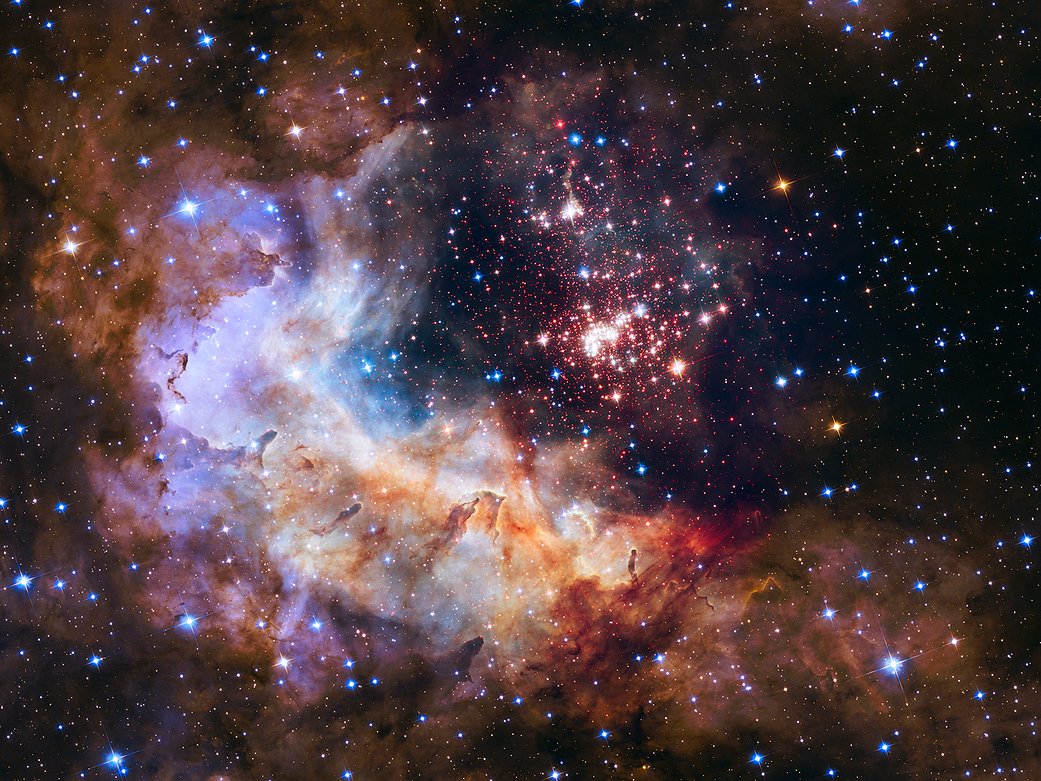 " title="We hope our Twitter feed brings you moments of joy and inspiration during these uncertain times. So, every day in April, we’re going to post an incredible space photo that brings us awe. (And we’d gladly take recommendations!) We& #39;ll start with a @NASAHubble classic. https://abs.twimg.com/emoji/v2/... draggable="false" alt="🎆" title="Fireworks" aria-label="Emoji: Fireworks">" class="img-responsive" style="max-width:100%;"/>
" title="We hope our Twitter feed brings you moments of joy and inspiration during these uncertain times. So, every day in April, we’re going to post an incredible space photo that brings us awe. (And we’d gladly take recommendations!) We& #39;ll start with a @NASAHubble classic. https://abs.twimg.com/emoji/v2/... draggable="false" alt="🎆" title="Fireworks" aria-label="Emoji: Fireworks">" class="img-responsive" style="max-width:100%;"/>

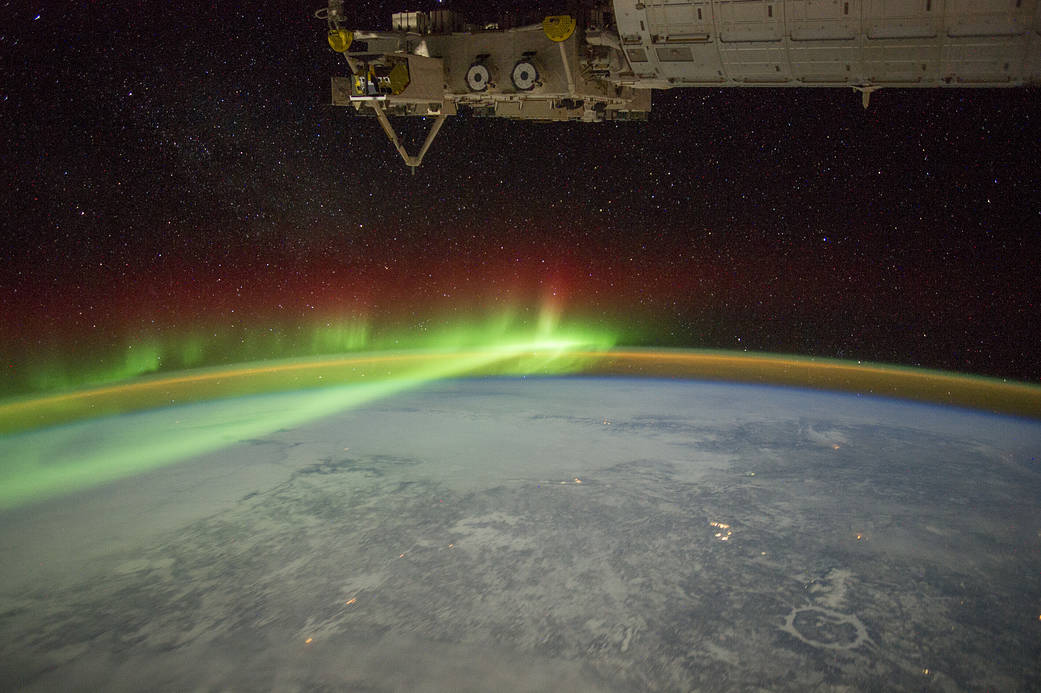
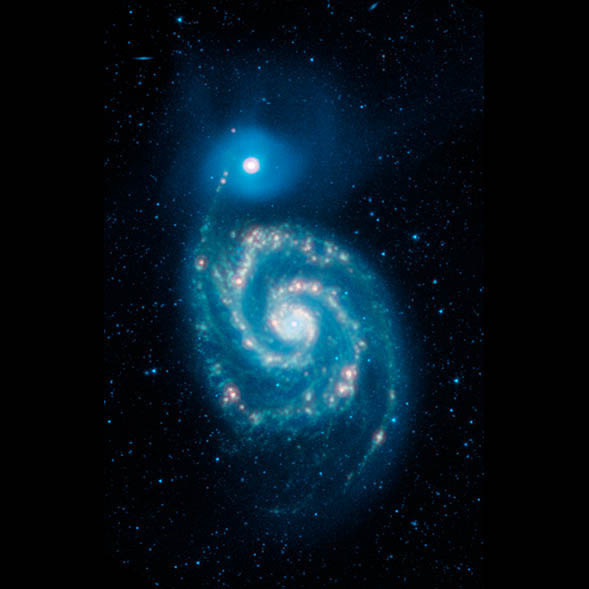
 Explore the image, taken by @NASACuriosity, in its full resolution: https://s.si.edu/2R9ZOPZ&q... (Image credit: NASA/JPL-Caltech/MSSS)" title="NASA recently released a 1.8 billion pixel panorama of the Martian surface. https://abs.twimg.com/emoji/v2/... draggable="false" alt="🤯" title="Exploding head" aria-label="Emoji: Exploding head">Explore the image, taken by @NASACuriosity, in its full resolution: https://s.si.edu/2R9ZOPZ&q... (Image credit: NASA/JPL-Caltech/MSSS)" class="img-responsive" style="max-width:100%;"/>
Explore the image, taken by @NASACuriosity, in its full resolution: https://s.si.edu/2R9ZOPZ&q... (Image credit: NASA/JPL-Caltech/MSSS)" title="NASA recently released a 1.8 billion pixel panorama of the Martian surface. https://abs.twimg.com/emoji/v2/... draggable="false" alt="🤯" title="Exploding head" aria-label="Emoji: Exploding head">Explore the image, taken by @NASACuriosity, in its full resolution: https://s.si.edu/2R9ZOPZ&q... (Image credit: NASA/JPL-Caltech/MSSS)" class="img-responsive" style="max-width:100%;"/>

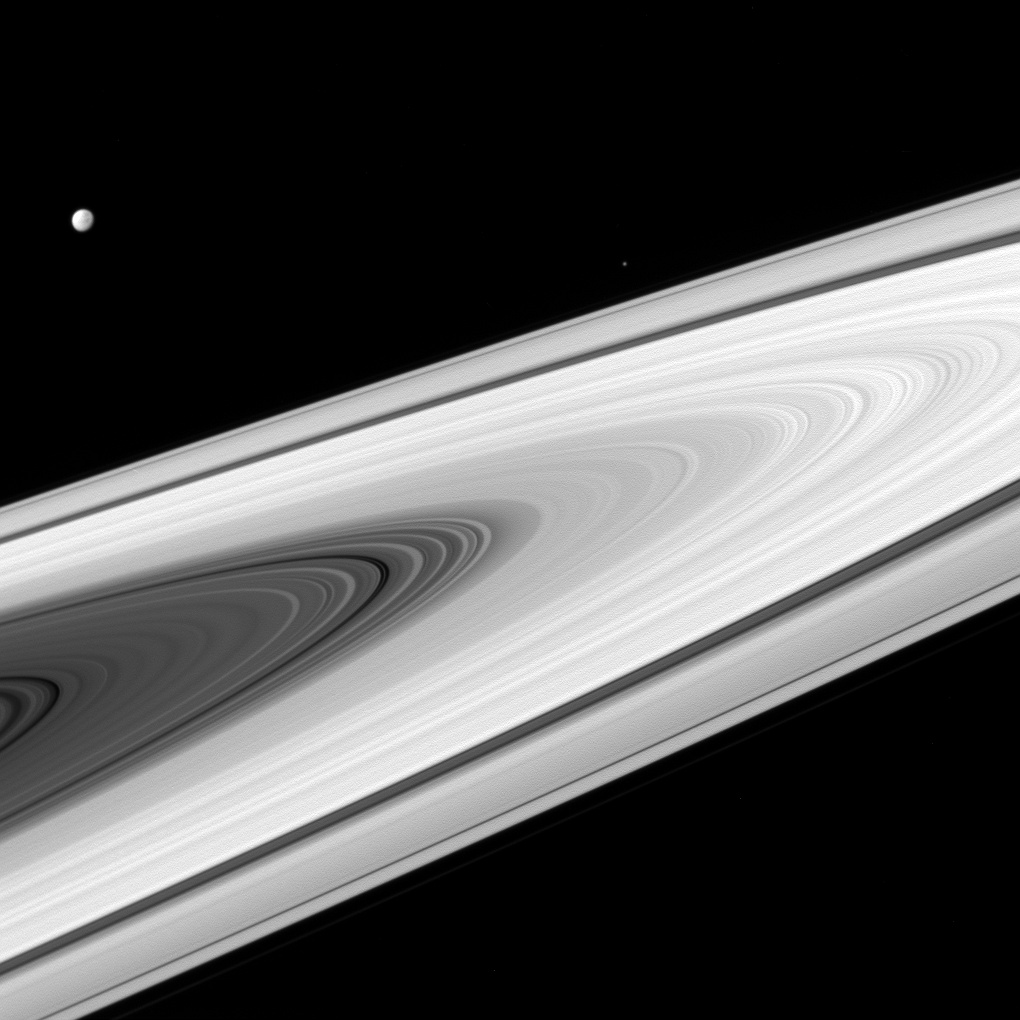 This photo was taken by the Cassini spacecraft in 2016: https://s.si.edu/34ka8dG&q..." title="While the star of this photo is Saturn& #39;s trademark rings, you can also see its moons Dione (brightly in the upper left) and Epimetheus (very faintly on the right). https://abs.twimg.com/emoji/v2/... draggable="false" alt="🪐" title="Ringed planet" aria-label="Emoji: Ringed planet">This photo was taken by the Cassini spacecraft in 2016: https://s.si.edu/34ka8dG&q..." class="img-responsive" style="max-width:100%;"/>
This photo was taken by the Cassini spacecraft in 2016: https://s.si.edu/34ka8dG&q..." title="While the star of this photo is Saturn& #39;s trademark rings, you can also see its moons Dione (brightly in the upper left) and Epimetheus (very faintly on the right). https://abs.twimg.com/emoji/v2/... draggable="false" alt="🪐" title="Ringed planet" aria-label="Emoji: Ringed planet">This photo was taken by the Cassini spacecraft in 2016: https://s.si.edu/34ka8dG&q..." class="img-responsive" style="max-width:100%;"/>
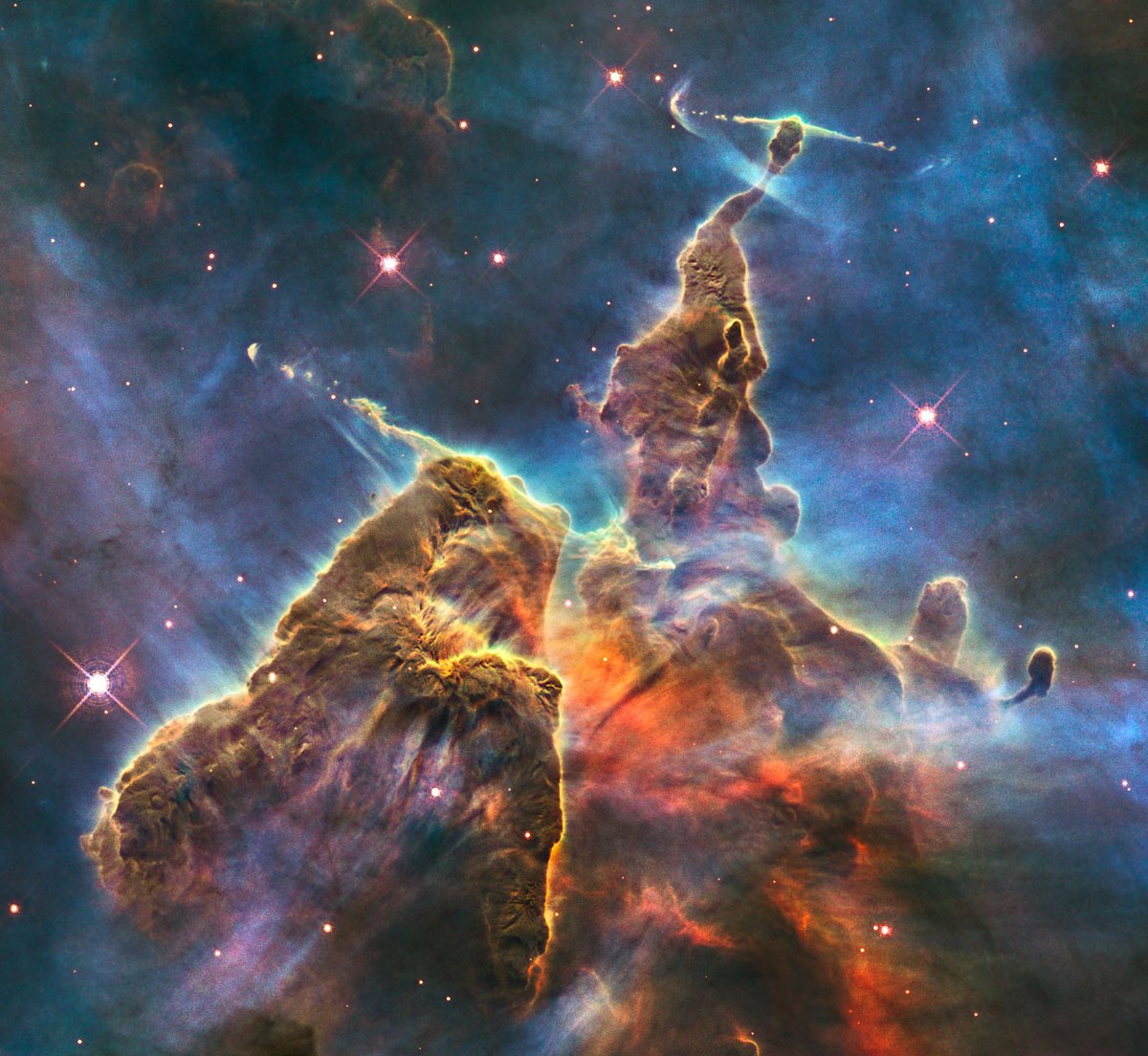

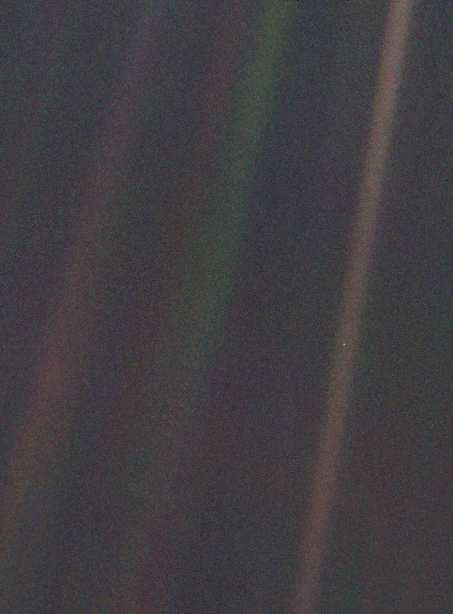 : Voyager 1& #39;s Pale Blue Dot image" title=""Look again at that dot. That& #39;s here. That& #39;s home. That& #39;s us. On it everyone you love, everyone you know, everyone you ever heard of, every human being who ever was, lived out their lives." - Carl Saganhttps://abs.twimg.com/emoji/v2/... draggable="false" alt="📷" title="Camera" aria-label="Emoji: Camera">: Voyager 1& #39;s Pale Blue Dot image" class="img-responsive" style="max-width:100%;"/>
: Voyager 1& #39;s Pale Blue Dot image" title=""Look again at that dot. That& #39;s here. That& #39;s home. That& #39;s us. On it everyone you love, everyone you know, everyone you ever heard of, every human being who ever was, lived out their lives." - Carl Saganhttps://abs.twimg.com/emoji/v2/... draggable="false" alt="📷" title="Camera" aria-label="Emoji: Camera">: Voyager 1& #39;s Pale Blue Dot image" class="img-responsive" style="max-width:100%;"/>


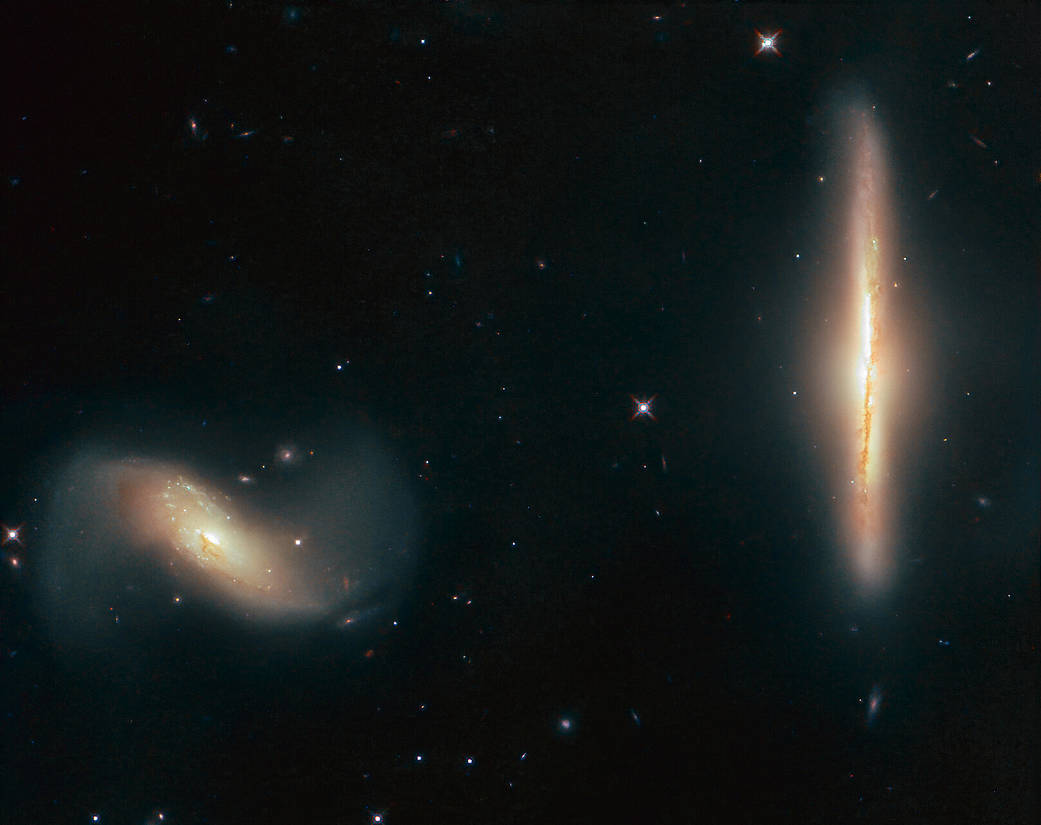
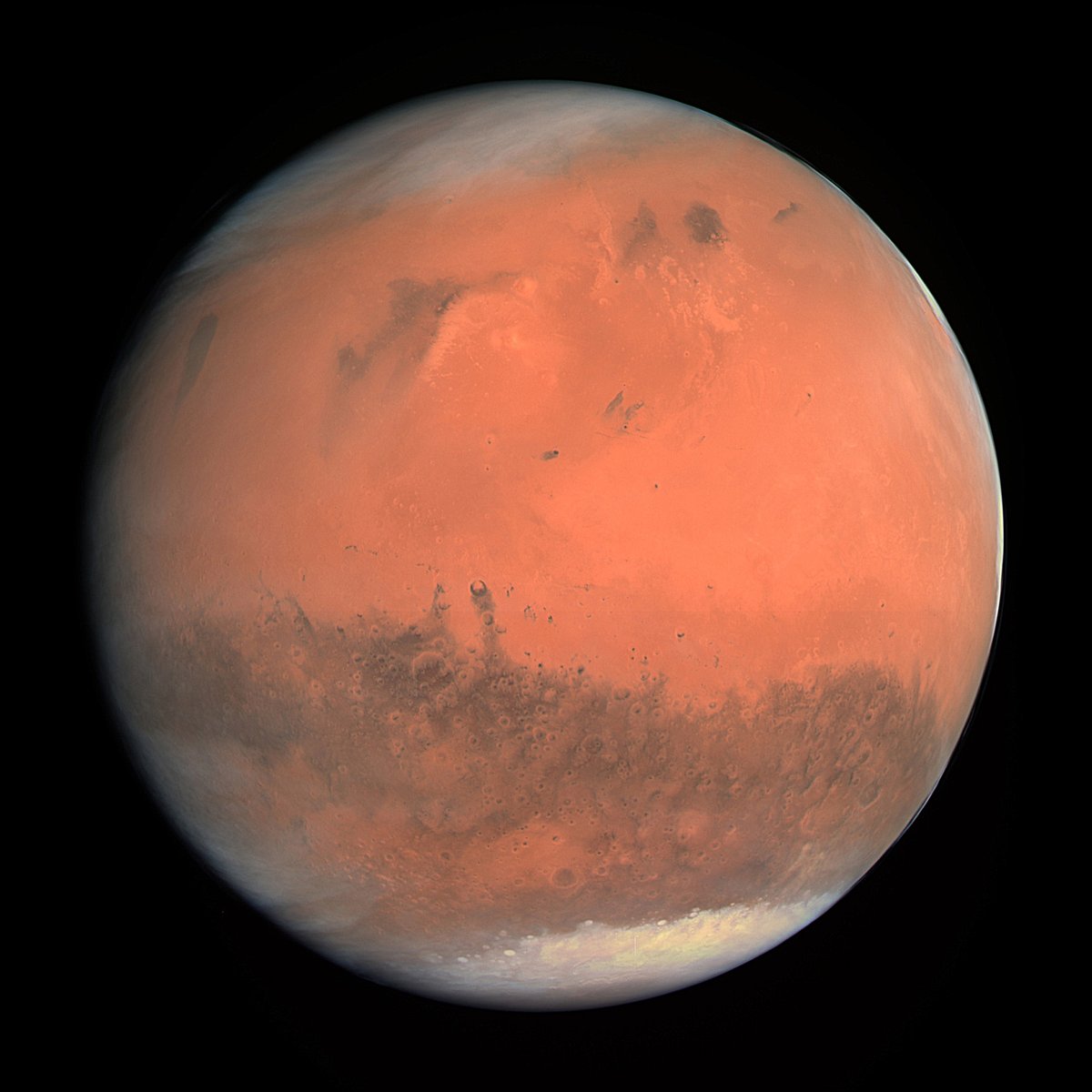
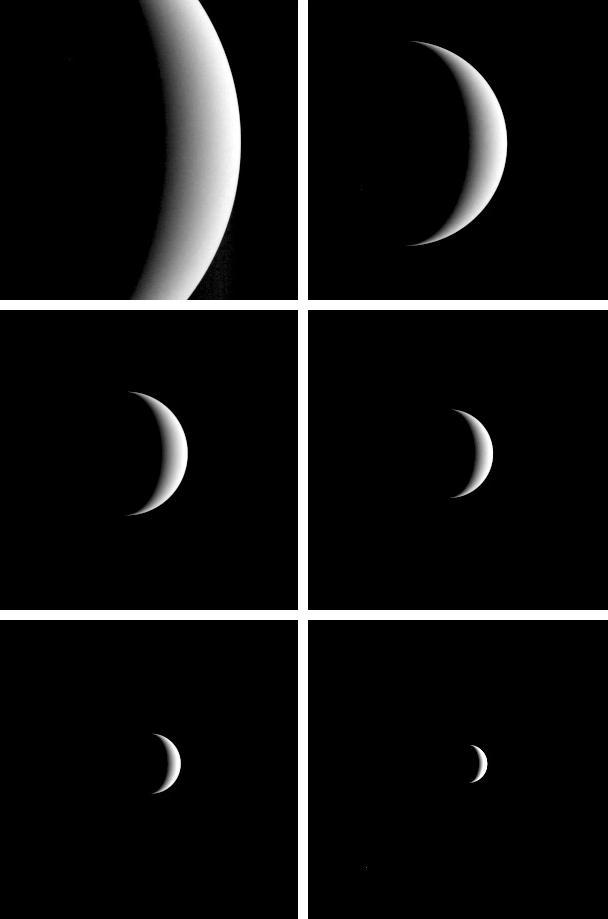
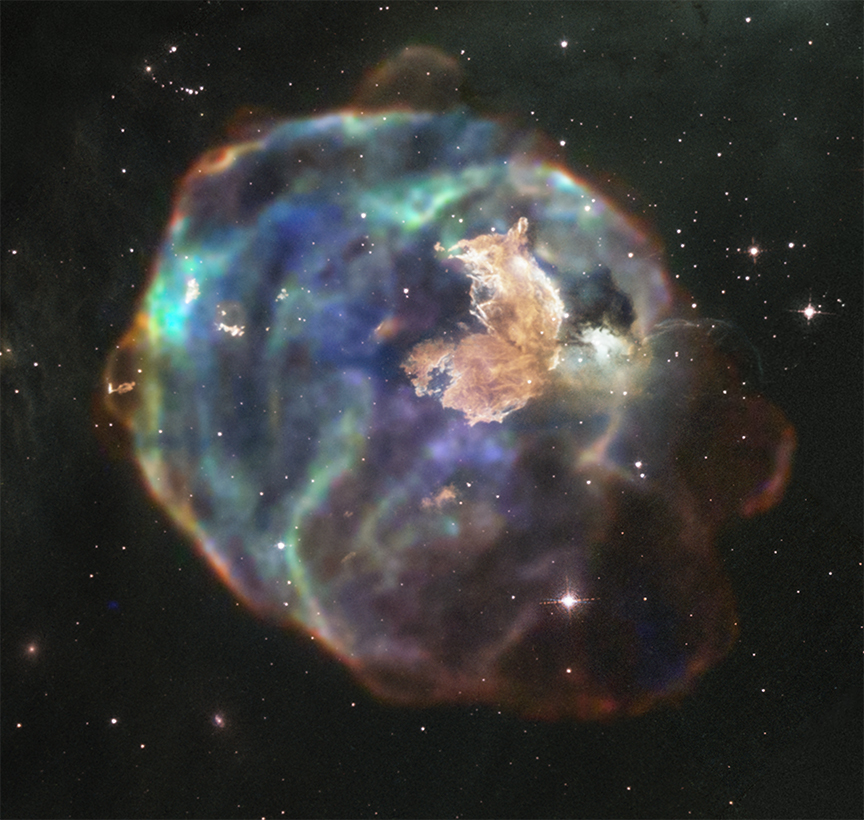
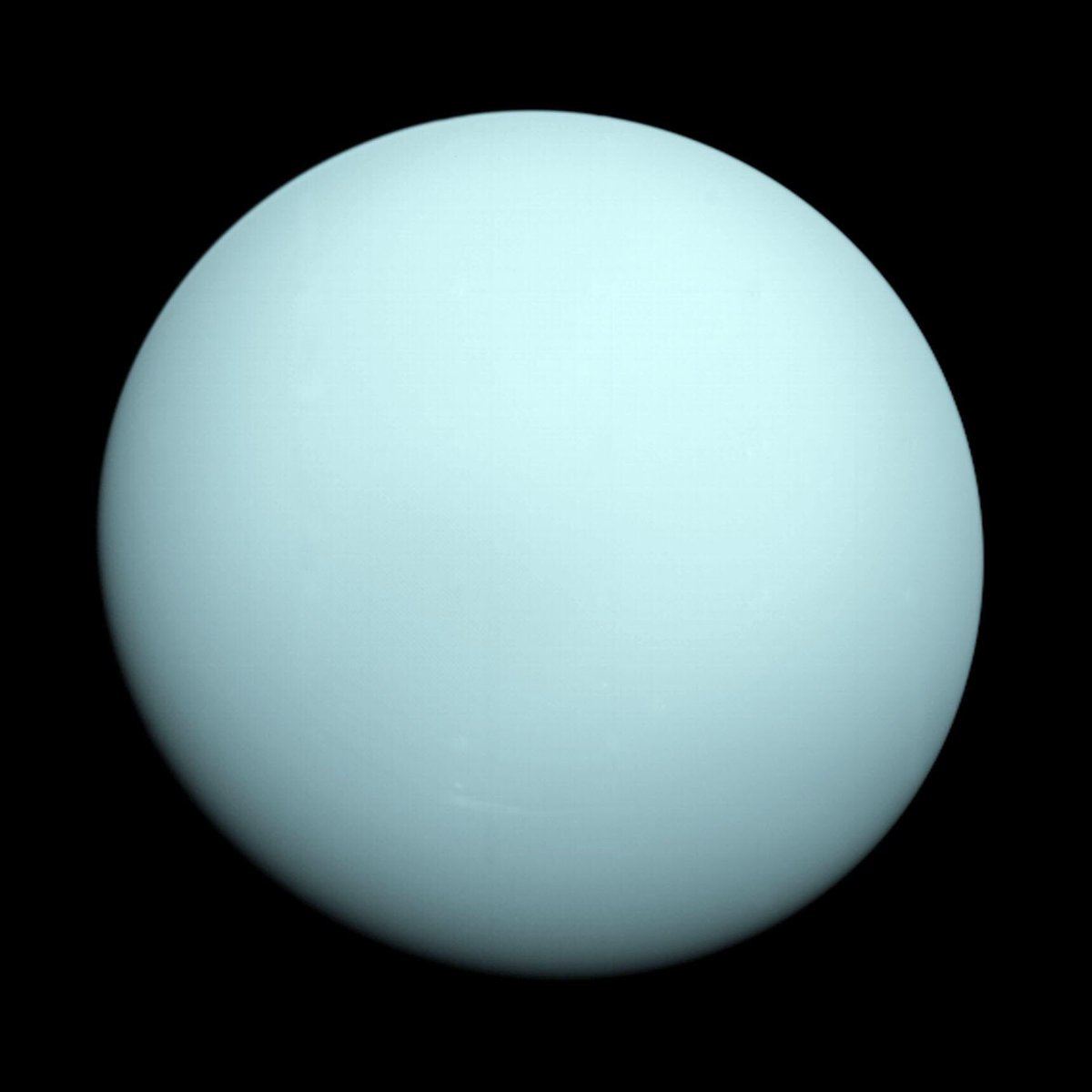 : NASA/JPL-Caltech" title="In 1986, Voyager 2 became the first and only spacecraft to fly by the planet Uranus. It took this photo of the ice giant. https://abs.twimg.com/emoji/v2/... draggable="false" alt="📷" title="Camera" aria-label="Emoji: Camera">: NASA/JPL-Caltech" class="img-responsive" style="max-width:100%;"/>
: NASA/JPL-Caltech" title="In 1986, Voyager 2 became the first and only spacecraft to fly by the planet Uranus. It took this photo of the ice giant. https://abs.twimg.com/emoji/v2/... draggable="false" alt="📷" title="Camera" aria-label="Emoji: Camera">: NASA/JPL-Caltech" class="img-responsive" style="max-width:100%;"/>

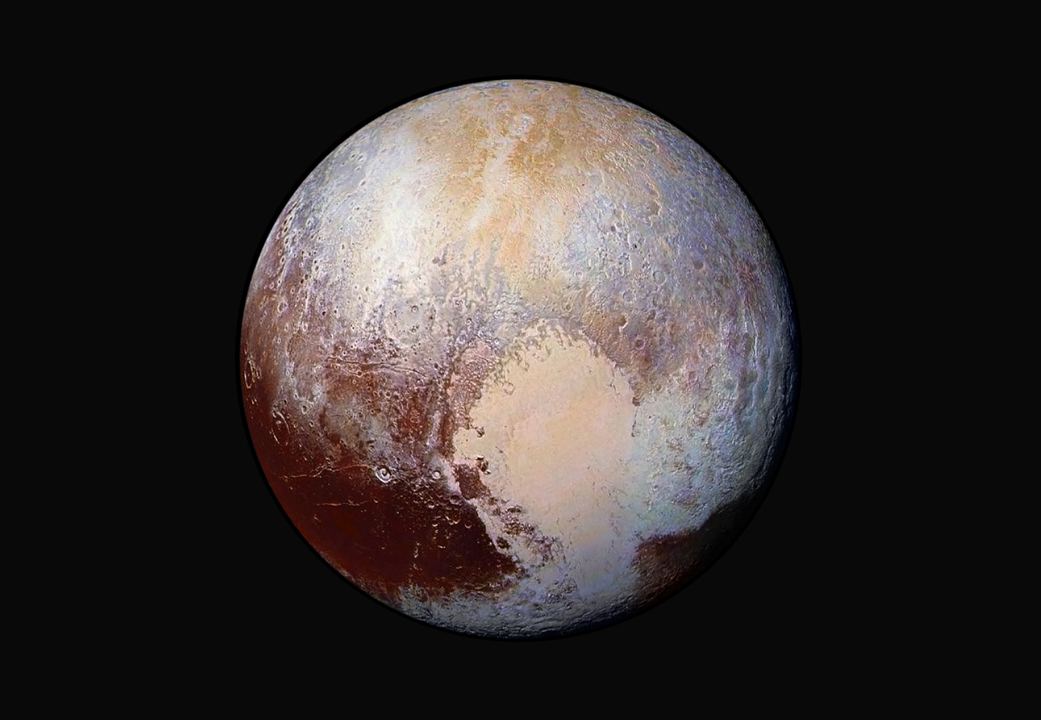
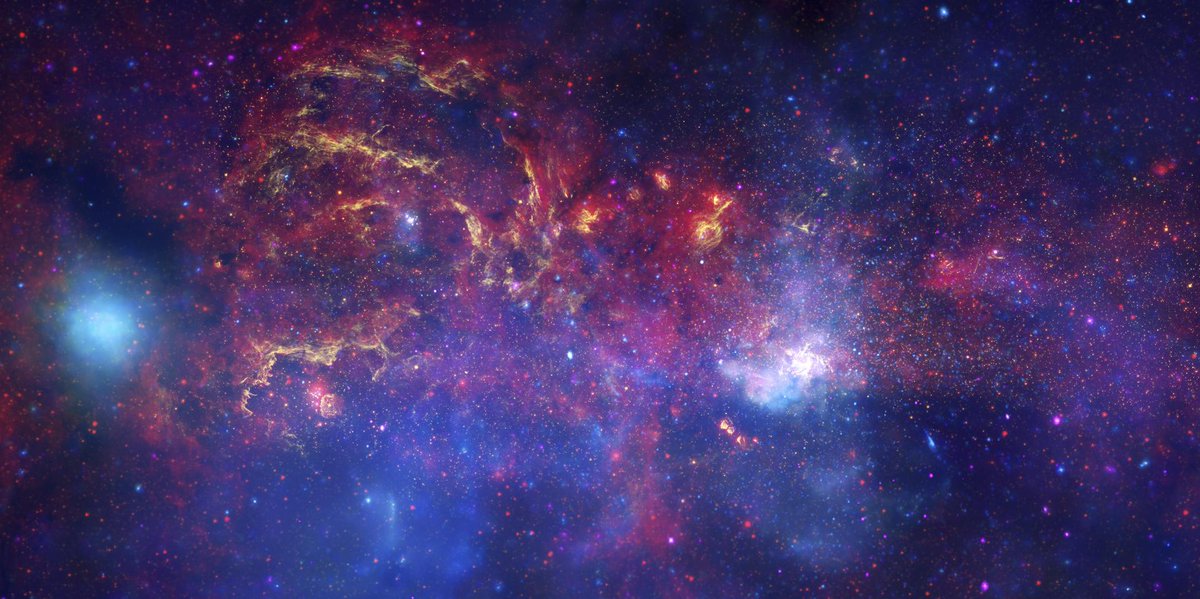 Near-infrared from @NASAHubble (yellow)https://abs.twimg.com/emoji/v2/... draggable="false" alt="🌌" title="Milky Way" aria-label="Emoji: Milky Way"> Infrared from @NASASpitzer (red) https://abs.twimg.com/emoji/v2/... draggable="false" alt="🌌" title="Milky Way" aria-label="Emoji: Milky Way"> X-ray from @ChandraXray (blue and violet)More: https://s.si.edu/2Vp7yR2&q..." title="This photo of the center of the Milky Way galaxy contains data from NASA& #39;s Great Observatories: https://abs.twimg.com/emoji/v2/... draggable="false" alt="🌌" title="Milky Way" aria-label="Emoji: Milky Way"> Near-infrared from @NASAHubble (yellow)https://abs.twimg.com/emoji/v2/... draggable="false" alt="🌌" title="Milky Way" aria-label="Emoji: Milky Way"> Infrared from @NASASpitzer (red) https://abs.twimg.com/emoji/v2/... draggable="false" alt="🌌" title="Milky Way" aria-label="Emoji: Milky Way"> X-ray from @ChandraXray (blue and violet)More: https://s.si.edu/2Vp7yR2&q..." class="img-responsive" style="max-width:100%;"/>
Near-infrared from @NASAHubble (yellow)https://abs.twimg.com/emoji/v2/... draggable="false" alt="🌌" title="Milky Way" aria-label="Emoji: Milky Way"> Infrared from @NASASpitzer (red) https://abs.twimg.com/emoji/v2/... draggable="false" alt="🌌" title="Milky Way" aria-label="Emoji: Milky Way"> X-ray from @ChandraXray (blue and violet)More: https://s.si.edu/2Vp7yR2&q..." title="This photo of the center of the Milky Way galaxy contains data from NASA& #39;s Great Observatories: https://abs.twimg.com/emoji/v2/... draggable="false" alt="🌌" title="Milky Way" aria-label="Emoji: Milky Way"> Near-infrared from @NASAHubble (yellow)https://abs.twimg.com/emoji/v2/... draggable="false" alt="🌌" title="Milky Way" aria-label="Emoji: Milky Way"> Infrared from @NASASpitzer (red) https://abs.twimg.com/emoji/v2/... draggable="false" alt="🌌" title="Milky Way" aria-label="Emoji: Milky Way"> X-ray from @ChandraXray (blue and violet)More: https://s.si.edu/2Vp7yR2&q..." class="img-responsive" style="max-width:100%;"/>
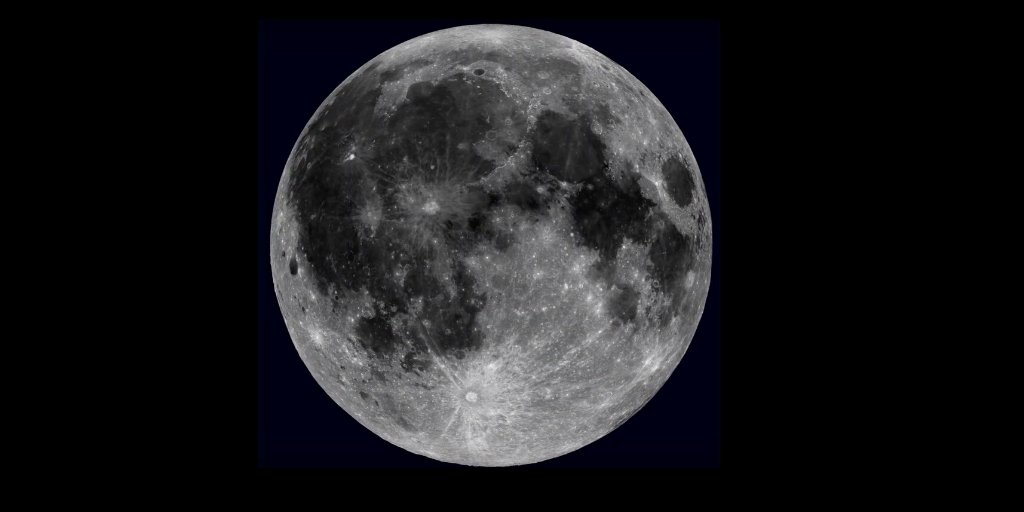 : NASA/Goddard/ASU" title="No matter where you are, we& #39;re all looking at the same Moon. *Cue "Somewhere Out There" from An American Tail* This photo of the near side of the Moon was captured by NASA& #39;s Lunar Reconnaissance Orbiter. https://abs.twimg.com/emoji/v2/... draggable="false" alt="📷" title="Camera" aria-label="Emoji: Camera">: NASA/Goddard/ASU" class="img-responsive" style="max-width:100%;"/>
: NASA/Goddard/ASU" title="No matter where you are, we& #39;re all looking at the same Moon. *Cue "Somewhere Out There" from An American Tail* This photo of the near side of the Moon was captured by NASA& #39;s Lunar Reconnaissance Orbiter. https://abs.twimg.com/emoji/v2/... draggable="false" alt="📷" title="Camera" aria-label="Emoji: Camera">: NASA/Goddard/ASU" class="img-responsive" style="max-width:100%;"/>
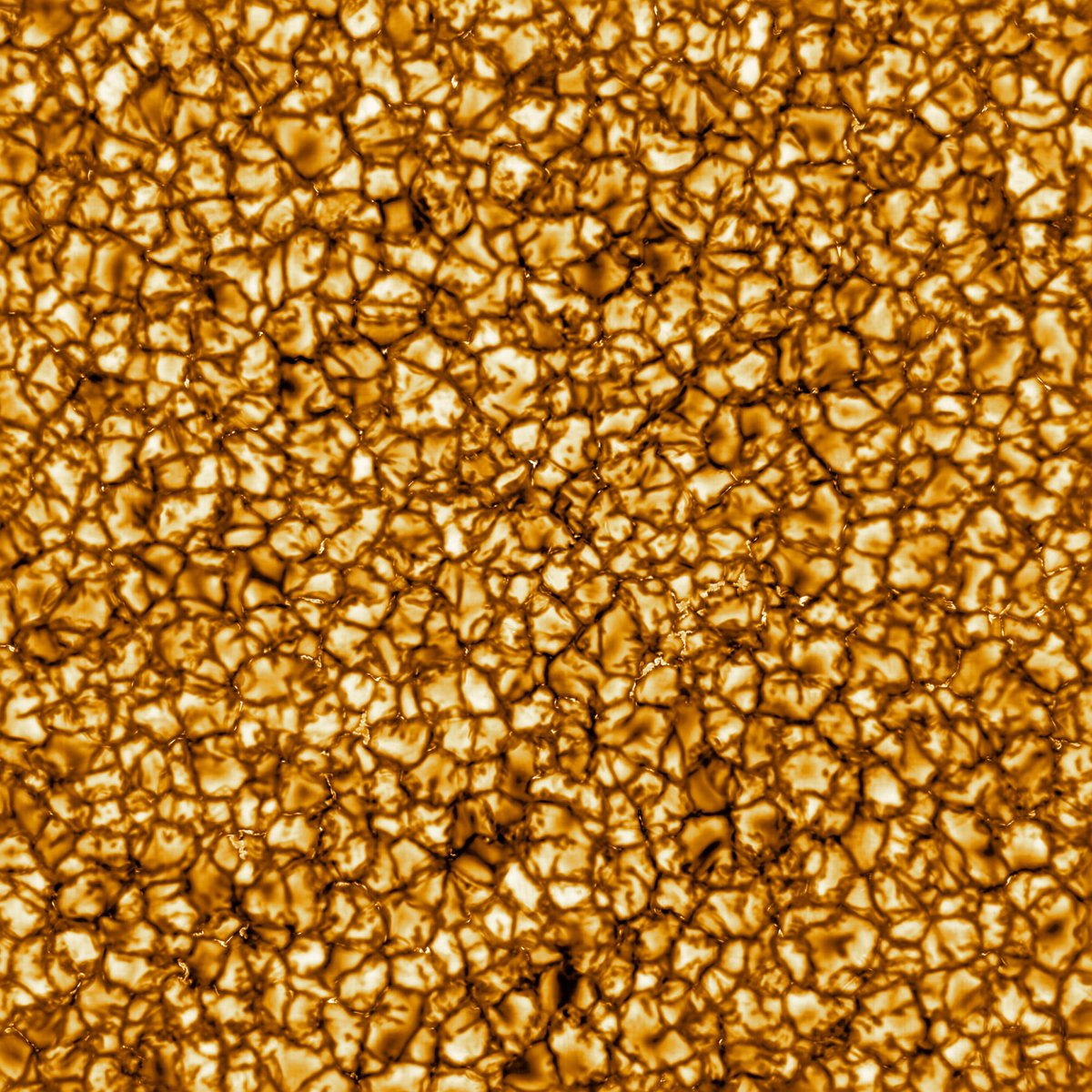 This is the most detailed photo of the Sun ever taken. It was captured by the Daniel K. Inouye Solar Telescope in Hawaii and released earlier this year: https://s.si.edu/2XZOqum&q..." title="What are we looking at here? If you guess the Sun, you& #39;re right! https://abs.twimg.com/emoji/v2/... draggable="false" alt="☀️" title="Sun with rays" aria-label="Emoji: Sun with rays">This is the most detailed photo of the Sun ever taken. It was captured by the Daniel K. Inouye Solar Telescope in Hawaii and released earlier this year: https://s.si.edu/2XZOqum&q..." class="img-responsive" style="max-width:100%;"/>
This is the most detailed photo of the Sun ever taken. It was captured by the Daniel K. Inouye Solar Telescope in Hawaii and released earlier this year: https://s.si.edu/2XZOqum&q..." title="What are we looking at here? If you guess the Sun, you& #39;re right! https://abs.twimg.com/emoji/v2/... draggable="false" alt="☀️" title="Sun with rays" aria-label="Emoji: Sun with rays">This is the most detailed photo of the Sun ever taken. It was captured by the Daniel K. Inouye Solar Telescope in Hawaii and released earlier this year: https://s.si.edu/2XZOqum&q..." class="img-responsive" style="max-width:100%;"/>
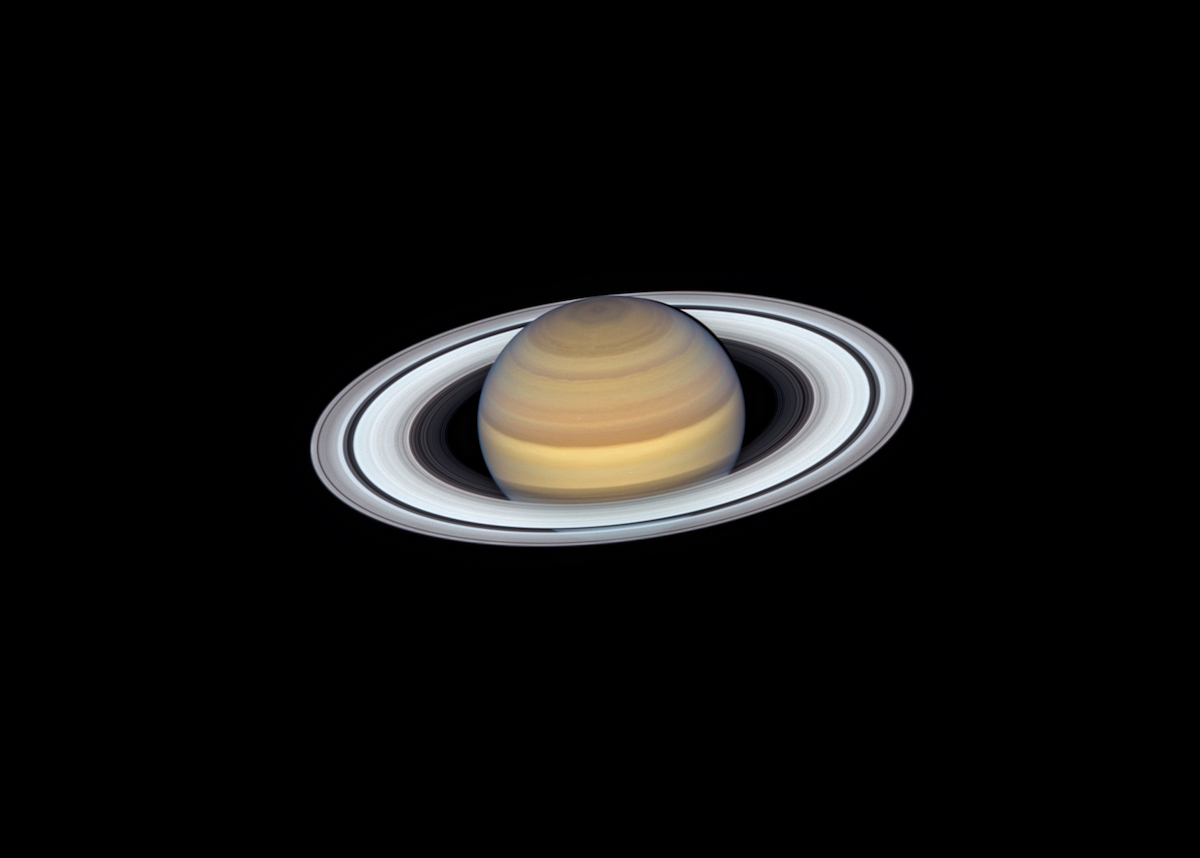 This stunning photo of the ringed planet was taken by Hubble in 2019: https://s.si.edu/39BIsCc&q... class="Emoji" style="height:16px;" src=" " title="Saturn& #39;s trademark rings make it one of the most recognizable planets in our solar system. https://abs.twimg.com/emoji/v2/... draggable="false" alt="🪐" title="Ringed planet" aria-label="Emoji: Ringed planet">This stunning photo of the ringed planet was taken by Hubble in 2019: https://s.si.edu/39BIsCc&q... class="Emoji" style="height:16px;" src=" " class="img-responsive" style="max-width:100%;"/>
This stunning photo of the ringed planet was taken by Hubble in 2019: https://s.si.edu/39BIsCc&q... class="Emoji" style="height:16px;" src=" " title="Saturn& #39;s trademark rings make it one of the most recognizable planets in our solar system. https://abs.twimg.com/emoji/v2/... draggable="false" alt="🪐" title="Ringed planet" aria-label="Emoji: Ringed planet">This stunning photo of the ringed planet was taken by Hubble in 2019: https://s.si.edu/39BIsCc&q... class="Emoji" style="height:16px;" src=" " class="img-responsive" style="max-width:100%;"/>
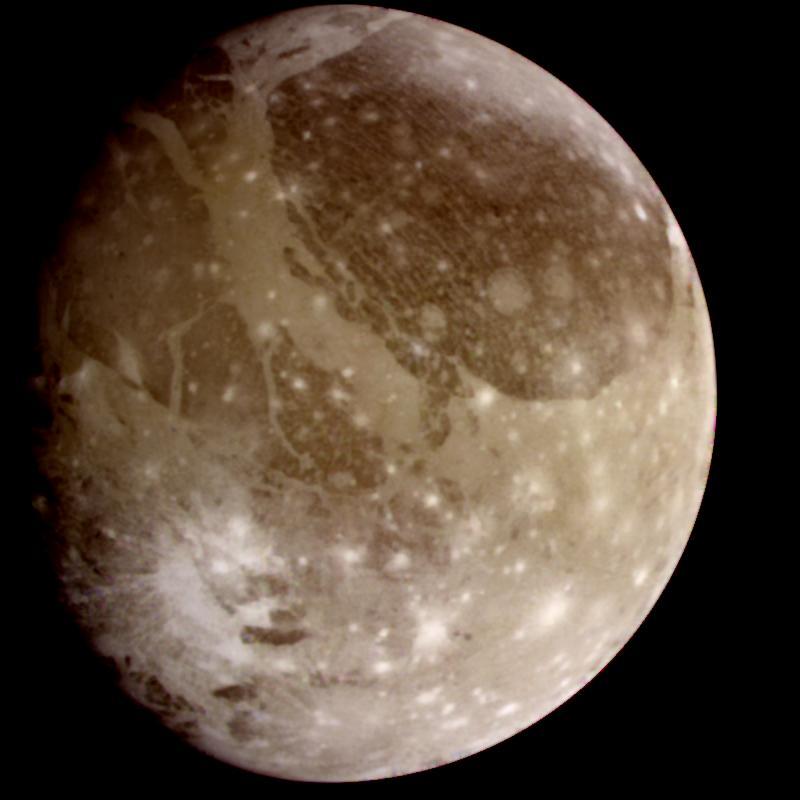
 : NASA/JPL" title="The Magellan spacecraft mapped 98 percent of the surface of Venus. This view of the planet was created using synthetic aperture radar mosaics from Magellan, mapped onto a computer-simulated globe: https://s.si.edu/355vHz3&q... https://abs.twimg.com/emoji/v2/... draggable="false" alt="📷" title="Camera" aria-label="Emoji: Camera">: NASA/JPL" class="img-responsive" style="max-width:100%;"/>
: NASA/JPL" title="The Magellan spacecraft mapped 98 percent of the surface of Venus. This view of the planet was created using synthetic aperture radar mosaics from Magellan, mapped onto a computer-simulated globe: https://s.si.edu/355vHz3&q... https://abs.twimg.com/emoji/v2/... draggable="false" alt="📷" title="Camera" aria-label="Emoji: Camera">: NASA/JPL" class="img-responsive" style="max-width:100%;"/>
